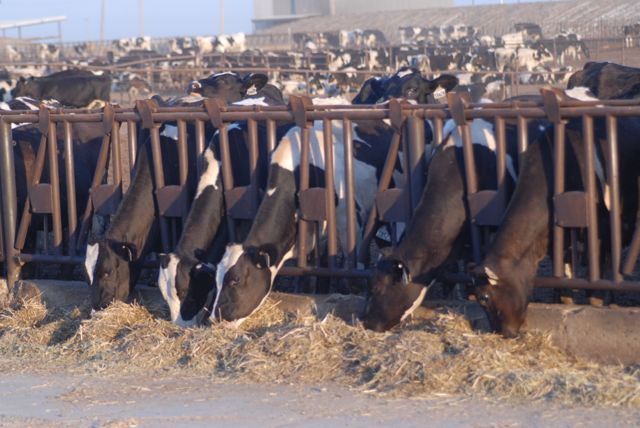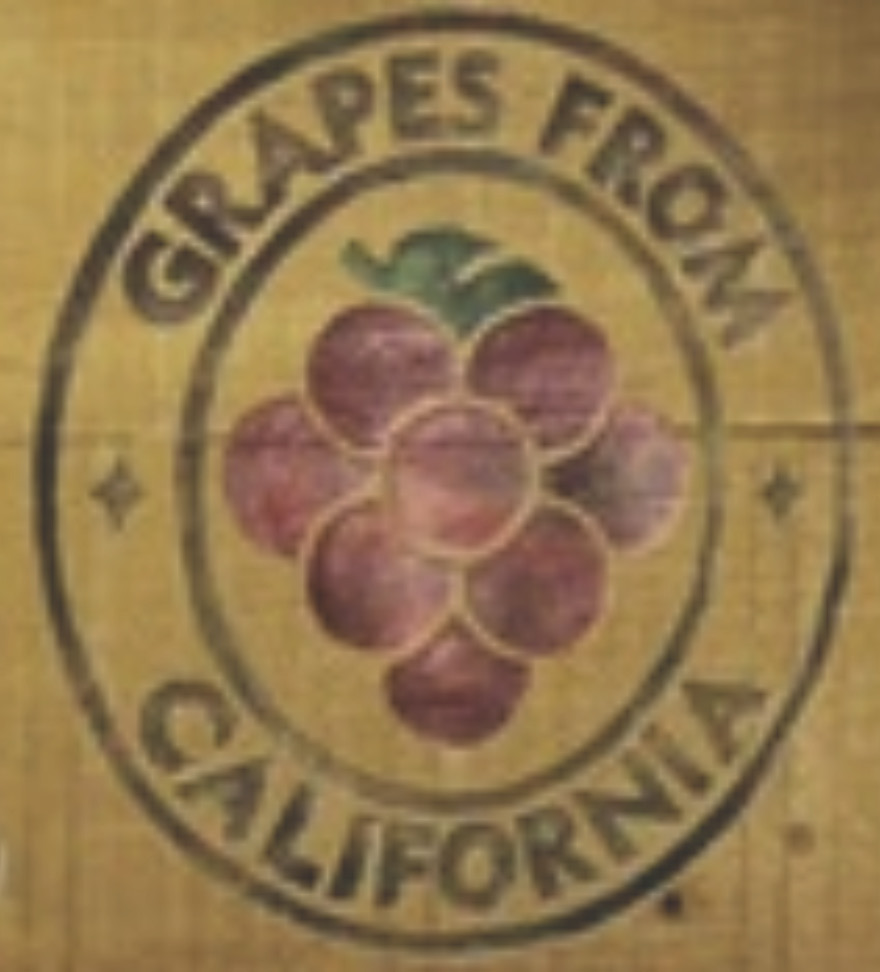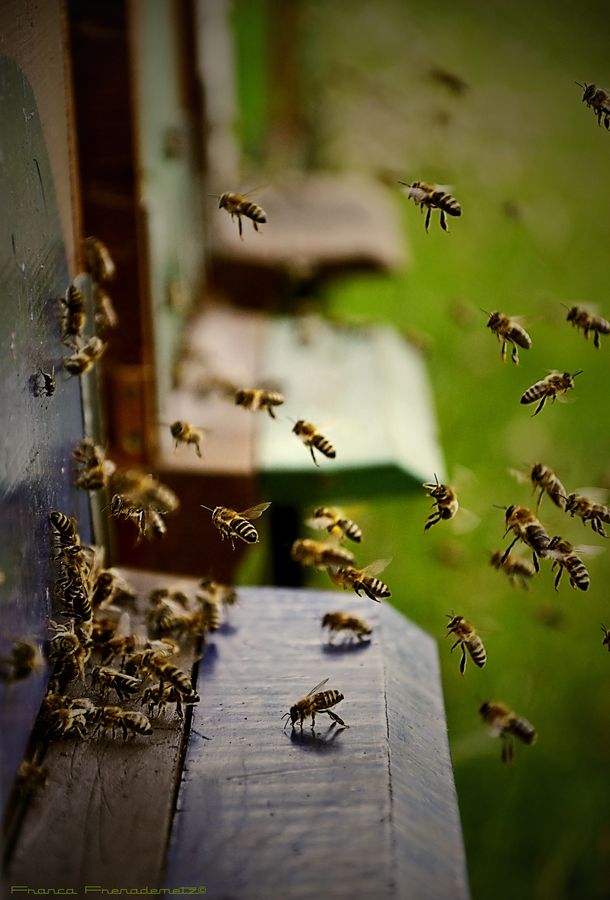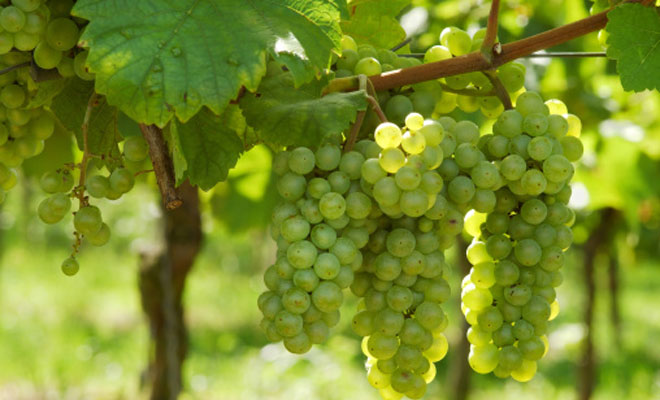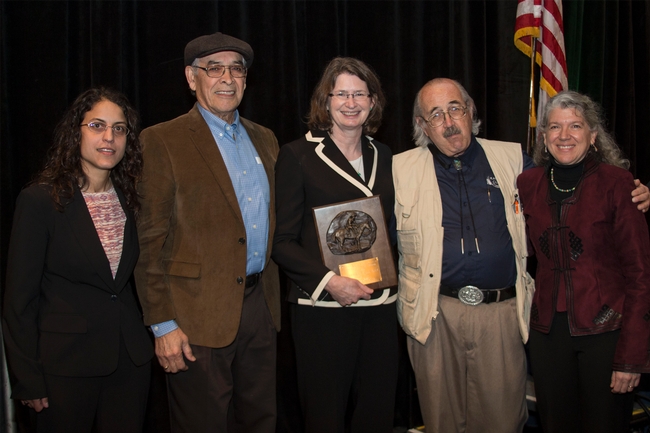USDA announces $9 million to support Community Food Projects program
The U.S. Department of Agriculture’s (USDA) National Institute of Food and Agriculture (NIFA) announced the availability of $9 million in funding to assist low-income individuals and communities in developing local and independent food systems. NIFA is funding the grants through the Community Food Projects program (CFP), authorized by the Agricultural Act of 2014 (Farm Bill).
“Community Foods Projects provide the opportunity for low-income communities to become more self-reliant and take control of their own food systems,” said Sonny Ramaswamy, NIFA director. “These projects create food systems that are economically equitable and socially and environmentally sustainable, providing real solutions for communities most in need.”
Community Food Projects involve the entire food system. Projects assess strengths and establish connections among existing food systems, resulting in improved food systems that support self-reliance.
Grants are intended to help eligible, private, nonprofit entities in need of a one-time installment of federal assistance to establish and carry out multipurpose community food projects. Projects are funded from $10,000 to $300,000 and up to 36 months. All grants require a dollar-for-dollar match in resources.
Applications are due March 17, 2015. Please see the request for applications for specific program requirements.
CFP is an important part of USDA’s Know Your Farmer, Know Your Food initiative, which works to strengthen and support local and regional food systems. More information on the initiative, including an interactive map of CFP and other federally-supported local food projects, can be found at: www.usda.gov/knowyourfarmer.
The primary goals of the Community Food Projects program are to (1) meet the food needs of low-income individuals; (2) increase the food self-reliance of low-income communities; (3) promote comprehensive responses to local food, farm and nutrition issues; and (4) meet specific state, local or neighborhood food and agricultural needs, including needs relating to infrastructure improvement and development, planning for long-term solutions and the creation of innovative marketing activities that mutually benefit agricultural producers and low-income consumers.
Since 2009, NIFA has provided more than $28 million to 154 Community Food Project awards in 48 states to help communities improve access to healthy, local food. Past projects include Philadelphia Green, which supports small-scale growers in their efforts to bring fresh, locally grown produce to the Philadelphia metro area, and RootDown LA, which is engaging Los Angeles-area youth in community gardens.
Funding for the CFP program is authorized by the 2014 Farm Bill. The Farm Bill builds on historic economic gains in rural America over the past six years, while achieving meaningful reform and billions of dollars in savings for taxpayers. Since enactment, USDA has made significant progress to implement each provision of this critical legislation, including providing disaster relief to farmers and ranchers; strengthening risk management tools; expanding access to rural credit; funding critical research; establishing innovative public-private conservation partnerships; developing new markets for rural-made products; and investing in infrastructure, housing and community facilities to help improve quality of life in rural America. For more information, visit www.usda.gov/farmbill.


